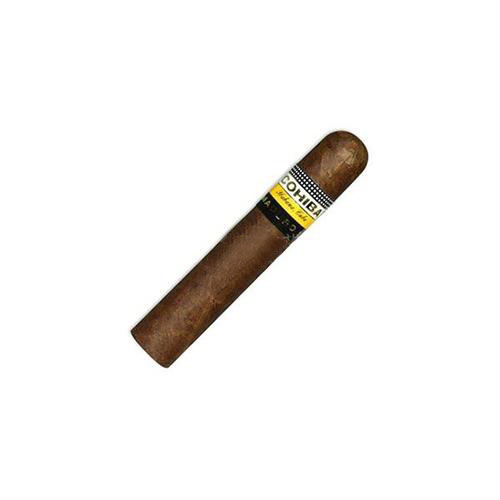PIPES
If you’re new to pipe tobacco, there’s a lot to learn. Pipe smoking is a leisurely activity, and it takes time to develop a taste for pipe tobacco. In this article, we’ll cover some basics of pipe tobacco, different types of tobacco, how to choose a pipe, and the various materials used for pipe construction.
One of the most important things to understand is that not all tobacco products are created equal. There are significant differences between pipe tobacco and cigarette tobacco. Pipe tobacco is typically made from high-quality tobacco leaves and boasts more extensive flavor options. In comparison, cigarette tobacco is often shredded with chemicals added for a quick-burning experience.
When first starting with pipe tobacco, it’s essential to experiment with different blends. Pipe tobacco comes in several types – Virginia, Burley, Oriental, Latakia, and Perique. These names represent specific geographic regions and the type of tobacco grown there. Virginia tobacco is lighter and sweeter, while Burley is nuttier and earthier. Oriental tobacco often has a spicy flavor, and Latakia tobacco boasts a smoky taste. Perique tobacco is more pungent. By trying different blends, pipe smokers can discover their preferred tobacco type.
Choosing the right pipe is crucial. Each pipe has its unique style and functionality. Some popular pipe shapes include the Billiard pipe, Calabash pipe, Canadian pipe, Dublin pipe, Freehand pipe, and Sitter pipe. A Billiard pipe is straight with a rounded bowl, and Calabash pipes have a curved, gourd-like shape. The Canadian pipe has a straight stem, long shank, and narrow bowl. The Dublin pipe has a conical-shaped bowl, and the Freehand pipe has an irregular shape. Finally, Sitter pipes have a flat base, allowing them to sit upright.
After selecting a pipe shape, paying attention to the material used for the pipe is the next step. Pipes are typically made of briarwood, corn cob, meerschaum, clay, and more niche materials like olive wood. Briarwood is the most popular material as it is heat-resistant and absorbs moisture. Corn cob pipes are an excellent choice for beginners as they are cost-effective and smoke cool. Meerschaum pipes are much more decorative, machine-made, and not intended for everyday use.
One of the essential components of a pipe is the stem and mouthpiece, also known as the bit. The stem and bit direct the smoke from the bowl of the pipe to the smoker's mouth. Most pipe stems are made of acrylic, vulcanite, or Lucite. Acrylic stems come in various colors, are easy to clean, and relatively affordable. Vulcanite stems excel in comfort, but they require more maintenance. Lucite stems are similar to acrylic stems, but more durable.
The tradition of smoking pipes dates back centuries and continues to this day. Many people choose to smoke pipes for various reasons, including relaxation, flavor, and socialization. Pipe smoking is a ritualistic and meditative act enjoyed by individuals around the world.
In conclusion, pipe smoking is an excellent hobby that requires patience and knowledge. By understanding the different types of tobacco, pipe shapes, and materials available, anyone can find the perfect pipe for their individual preferences. Remember that pipe smoking is all about enjoyment, so take the time to explore the many varieties of pipe tobacco and find the right smoke for you.
